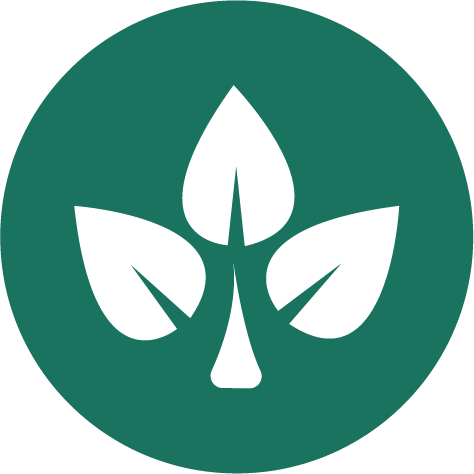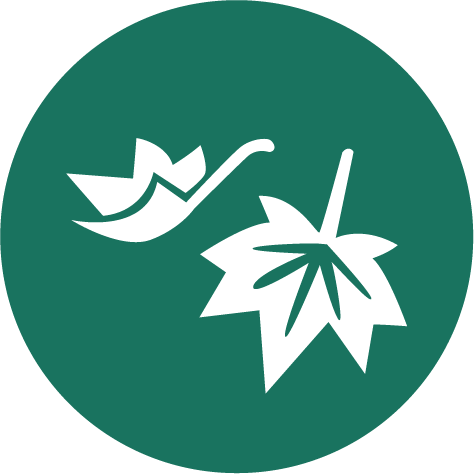 Natural Resources & Environment
Natural Resources & Environment Online at your own pace
Online at your own pace Fall Term
Fall Term Winter Term
Winter Term Less than $500
Less than $500 English
English
Water and wildlife are two of Canada’s most precious resources. It is important to understand the ecology of each. In this microcredential, you will learn about freshwater aquatic ecology, how to safely sample and interpret water quality of waterbodies, and how to identify fish species inhabiting Saskatchewan.
The intended audience is anyone wanting to enter the natural resource/environmental tourism sector or supplement their current training. Technicians who work in northern mines, or for environmental consulting companies, and do field sample collection, would benefit from understanding wildlife management techniques. Another group of intended learners is Indigenous youth and adults. The earner of this microcredential will be able to describe the ecological land classification system ecology of land associated with lake ecosystems and understand resource legislation relevant to Indigenous peoples and how these topics relate to conservation management.
Learning outcomes
Assessment
Water and wildlife are two of Canada’s most precious resources. Businesses such as environmental tourism on an abundant supply of clean water and well-managed wildlife. It is important that businesses such as mining and manufacturing understand wildlife techniques that support a healthy aquatic and wildlife ecology. All Canadians and businesses need to be cognizant of how to maintain the health and well-being of this resource. Understanding how lowering the carbon footprint to have the least impact on the environment is essential to:
Elements of Collaboration
Complementary Actions
 Fall Term
Fall Term Winter Term
Winter Term